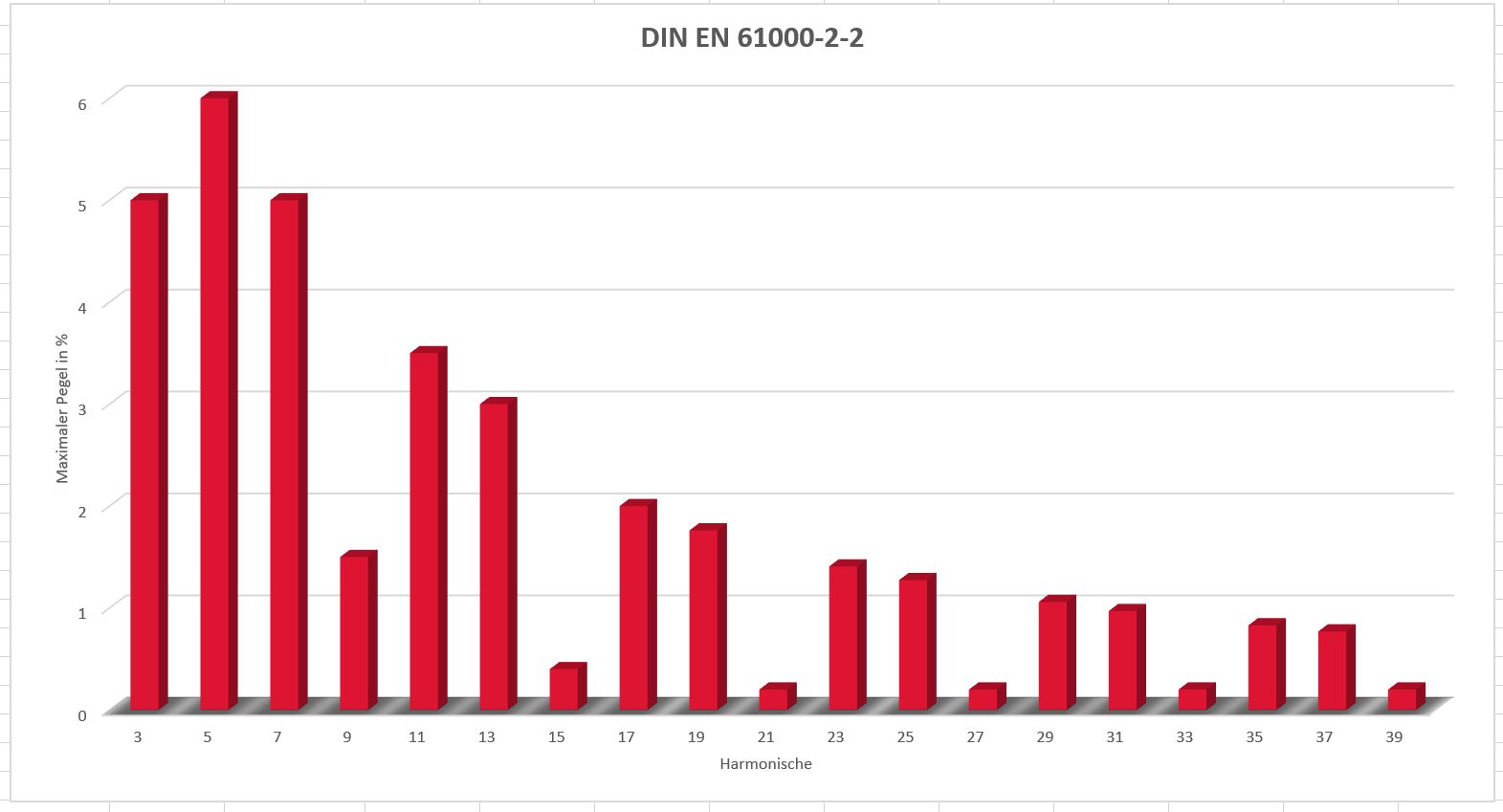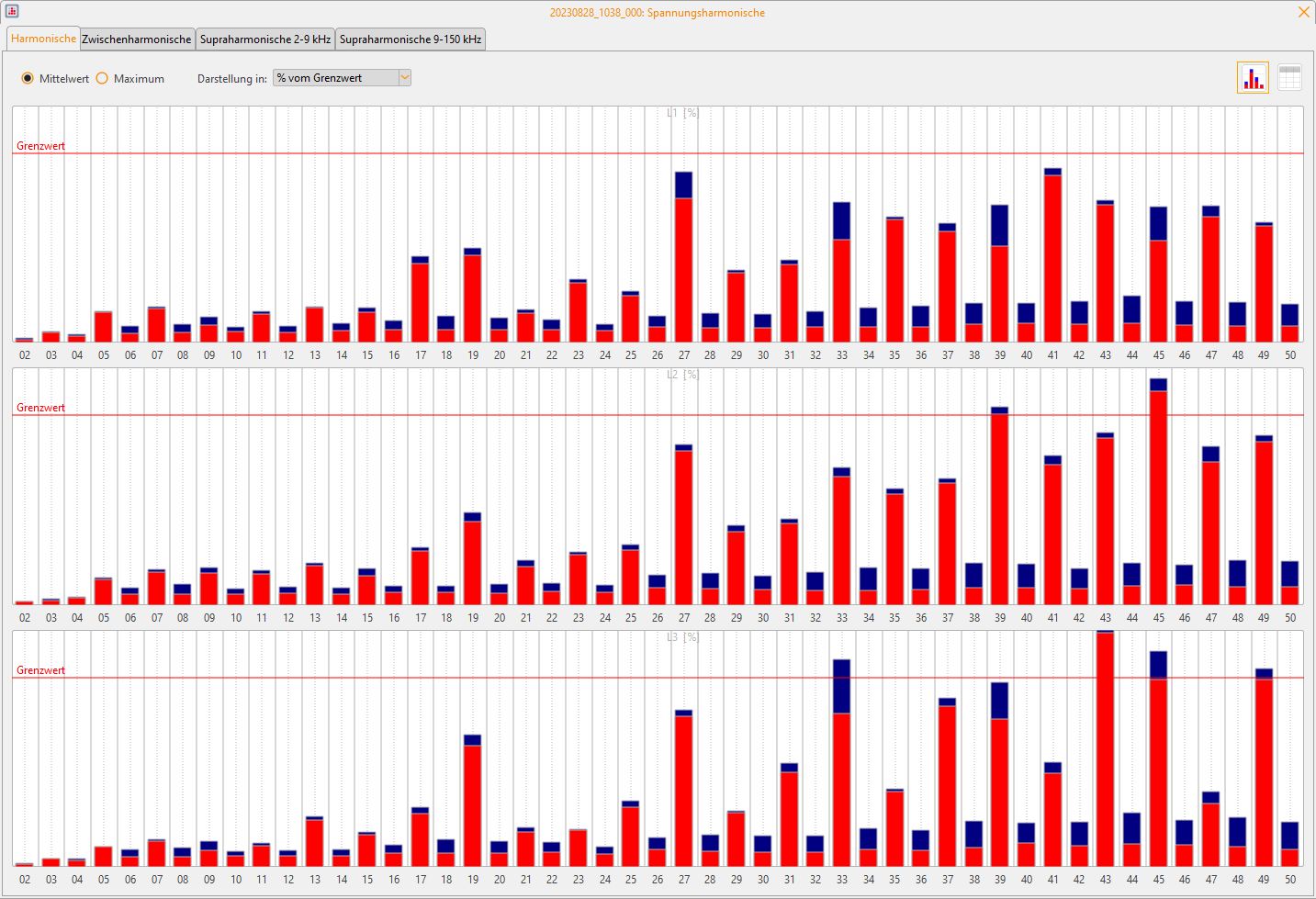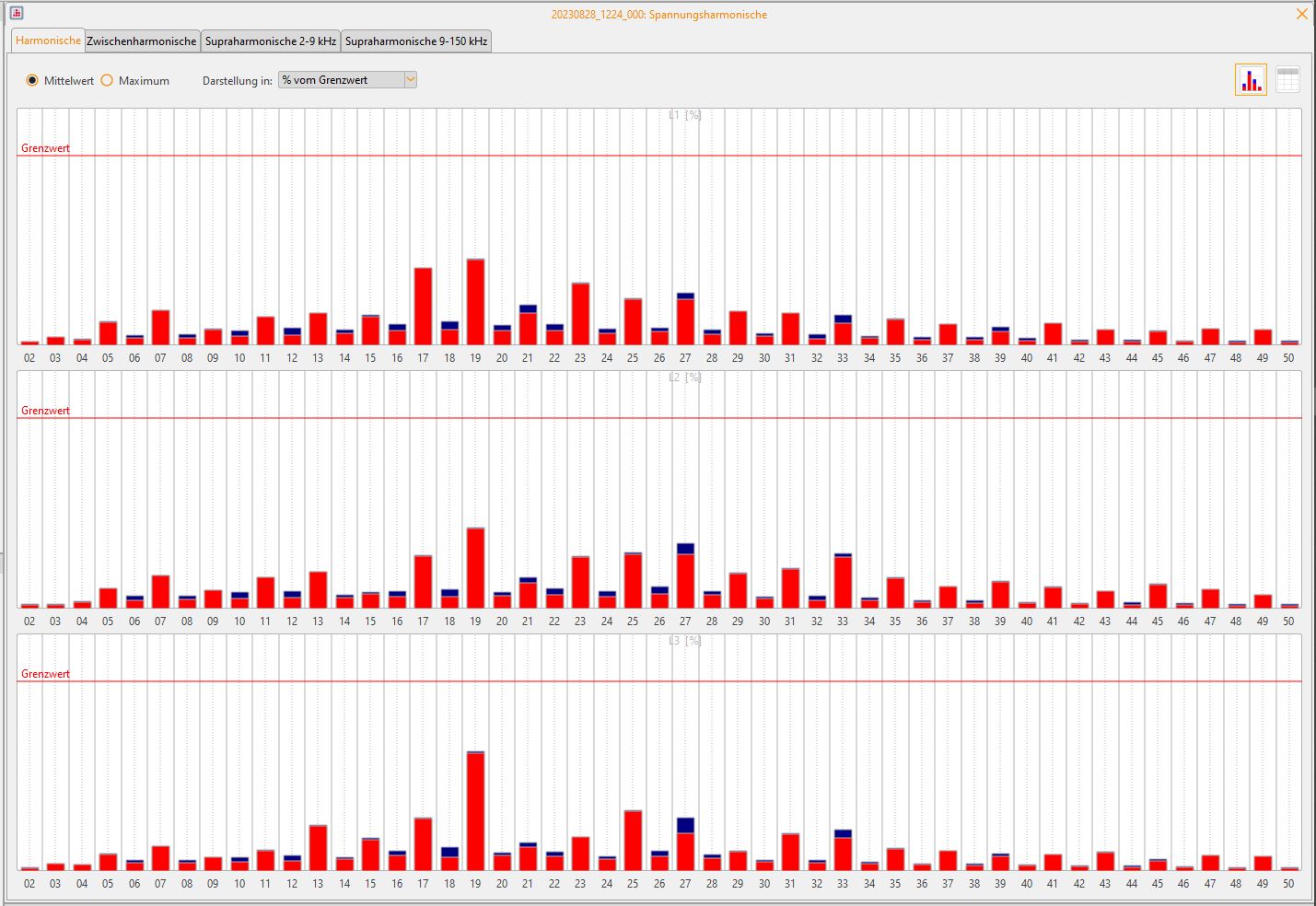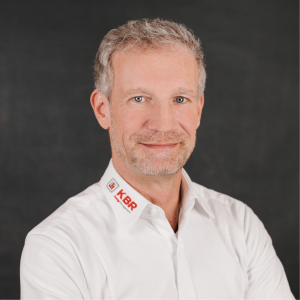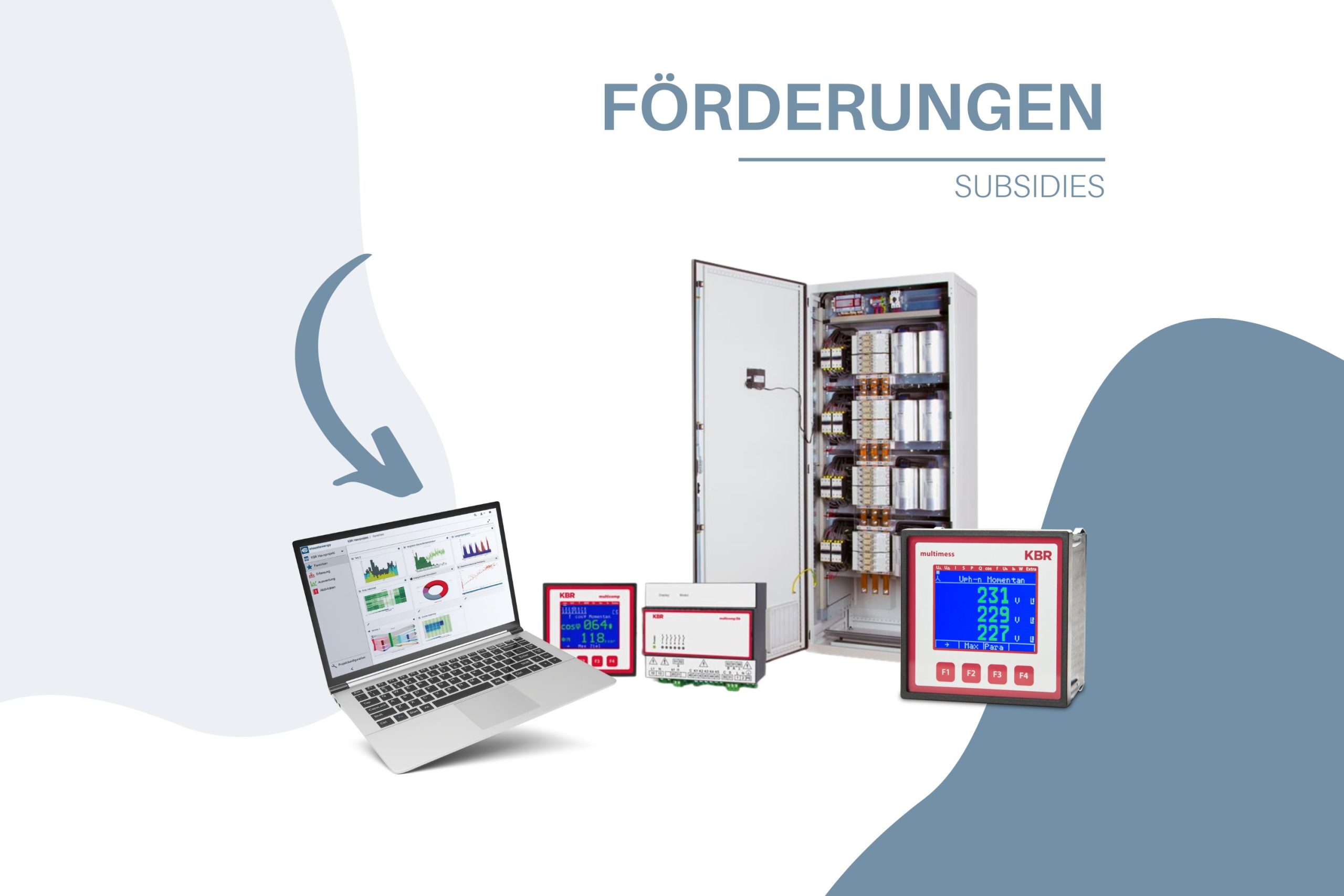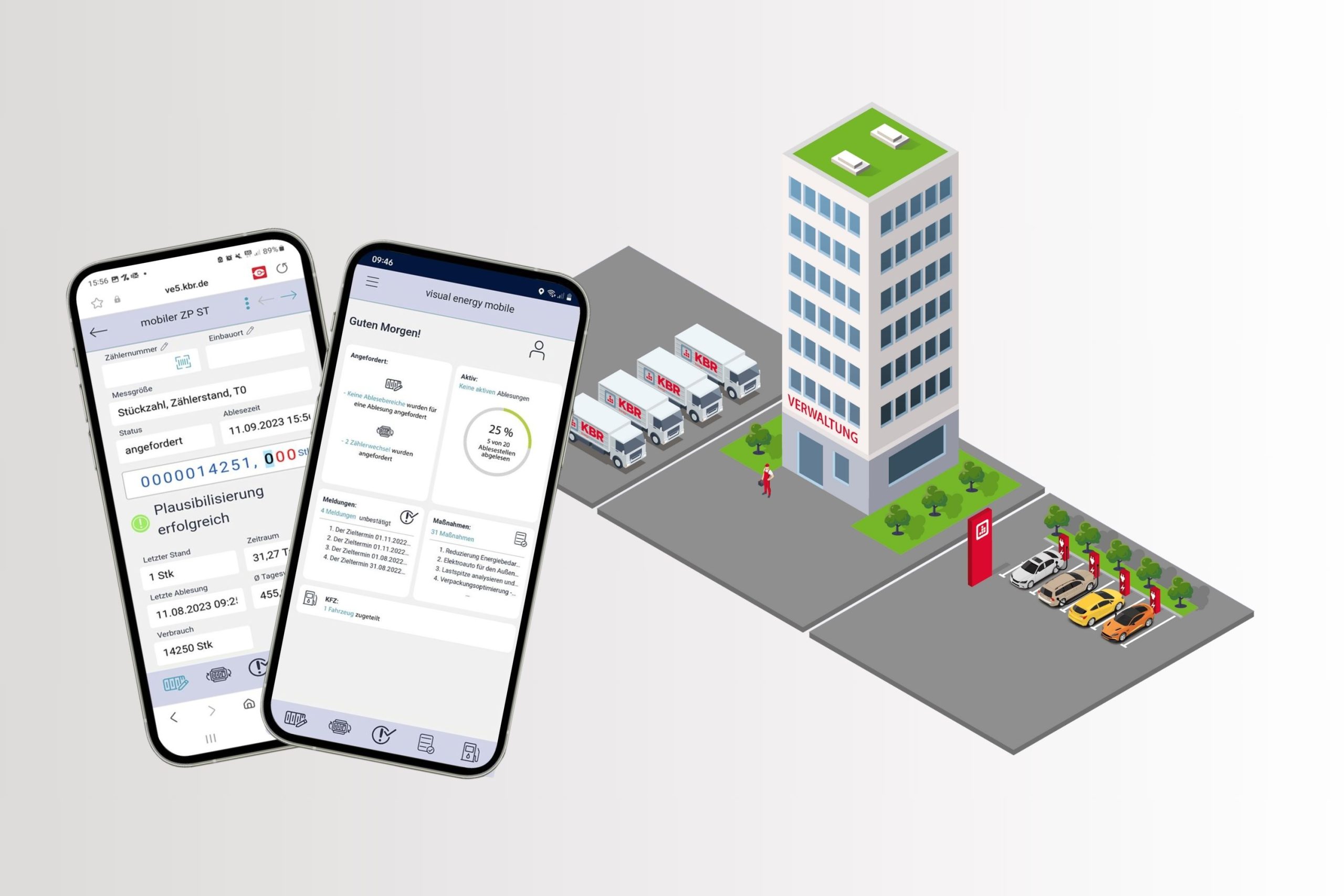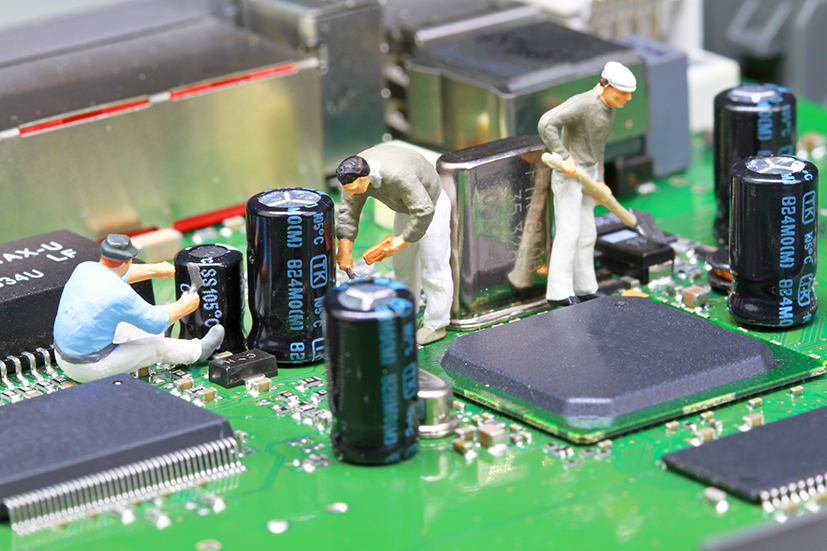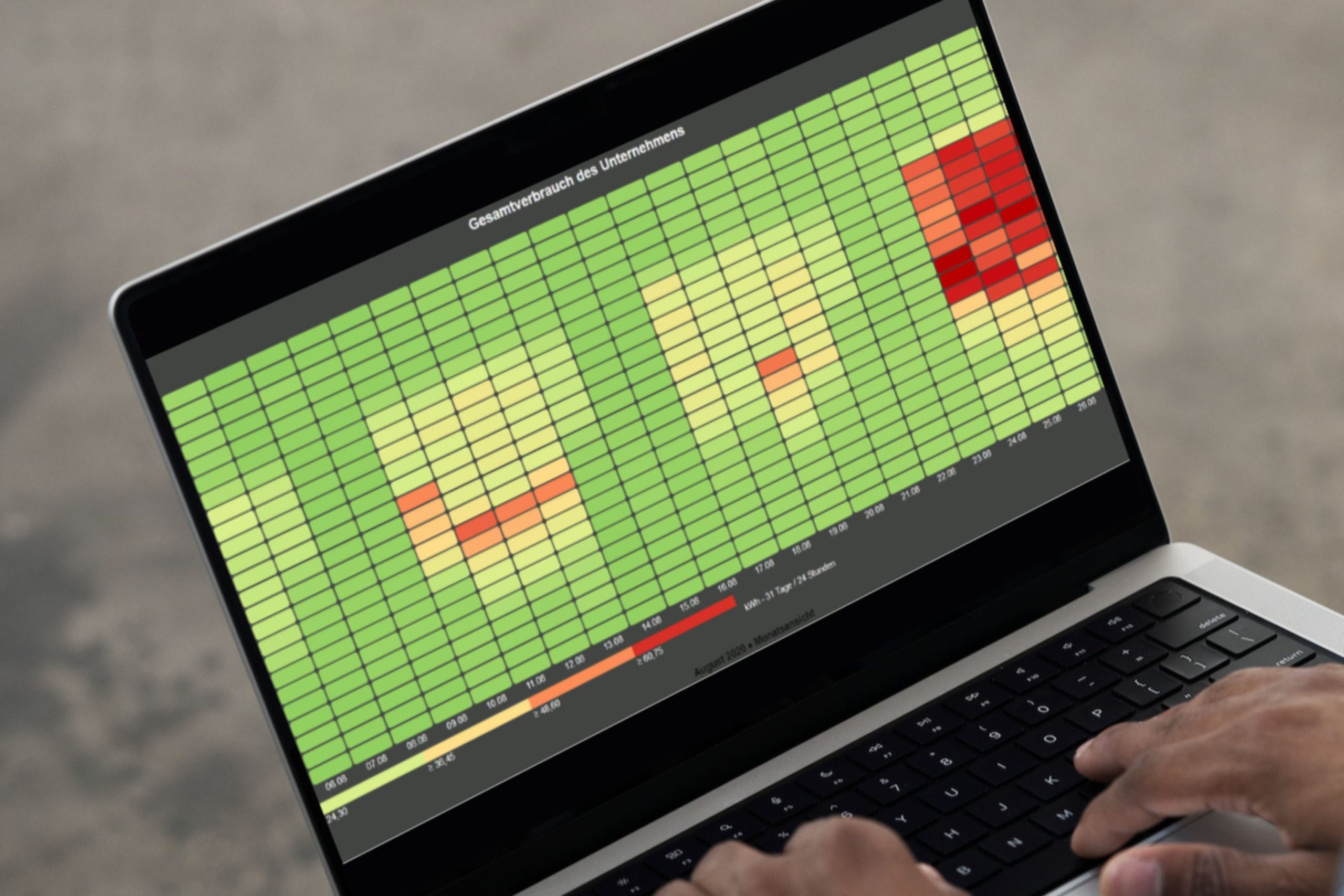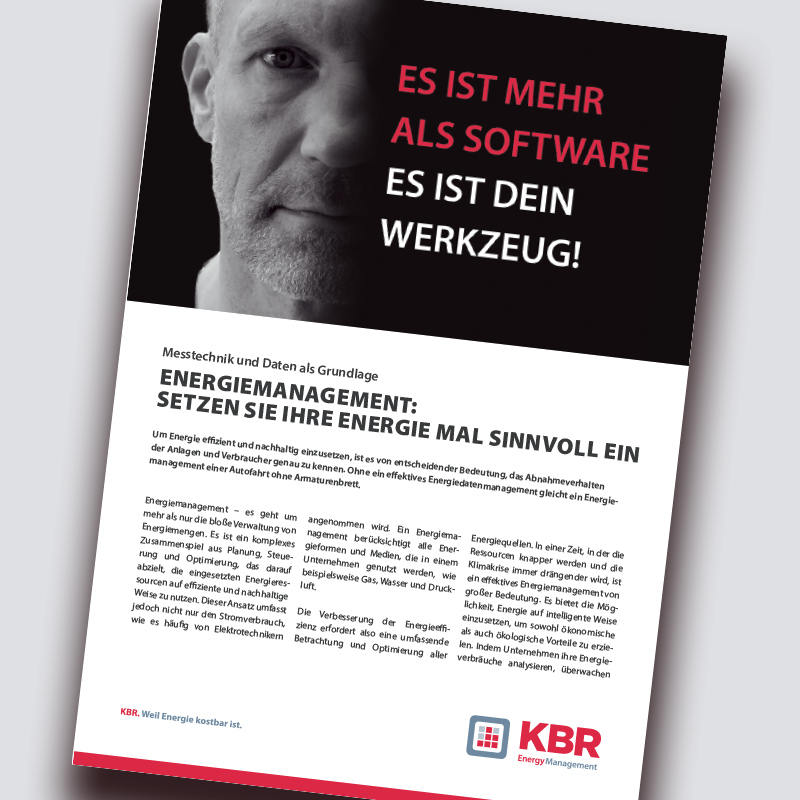High-frequency filters as a solution:
Power electronics cause feedback effects on the voltage quality in our power grids. All consumers connected to this network must function reliably under the influence of this reduced voltage quality. These feedback effects can be significantly reduced by active and passive filters. A cost-effective high-frequency filter can be used to effectively eliminate higher frequency components.
The article is also available as a PDF for download.
KBR has been carrying out comprehensive power quality measurements in customer networks for decades, which has led to the knowledge about significant changes in the frequency spectrum in recent years. In the past, the values of the 5th and 7th as well as the 11th and 13th harmonics dominated, but today there is a clear trend towards higher levels from the 27th harmonic onwards.
The maximum permissible levels are specified in the standards for power quality, such as DIN EN50160 or DIN EN 61000-2-2 (4). These limit values serve as a guideline within which satisfactory operation should be possible without excessively frequent malfunctions or defects in systems or equipment. It should be emphasized that even if the standard levels are adhered to, 100% trouble-free operation cannot be guaranteed without exception.
The diagram clearly shows that the permissible levels are not linear. The limit values are based on the typical emission behavior of electronic equipment.
From the 25th harmonic onwards, the measured levels have shown a continuous increase in recent years. The levels are exceeded in two out of three evaluations, whereby the 27th and 33rd harmonics, which are divisible by 3, are conspicuous.
The lower levels mainly flow via the transformer and cause additional heating there as well as feedback effects on the voltage. The higher levels also flow via parallel paths such as local equipment. These are usually electronic components such as power supply units. The capacitors installed in these components inevitably absorb the higher-frequency currents. This additional load leads to undesirable heating and thus to a shortened service life. Premature failures of the affected equipment are the result.
HF filter solution
High-frequency filters (HF filters) prove to be extremely effective in reducing interference levels in the high-frequency range from 1.25 kHz and also have a damping effect on interference such as resonances, commutation dips and clock frequencies. Due to their broadband filter effect, they can successfully compensate for a larger frequency spectrum. RF filters require special attention when divisible harmonics such as the 27th or 33rd harmonic occur. IStandard capacitors cannot be used in these filters when connecting the internal components.
The filter can either be integrated individually in the wall cabinet or as a module in the cabinet of a power factor correction system. f required, several high-frequency filters can be connected in parallel. he dimensions of the filter are matched to the level to be compensated and the network constellation on site. The filter is usually switched on or off depending on the load current in the customer’s system. Due to their passive behavior, the compensation of disturbance variables is possible in real time.
Measured levels up to 2.5 kHz Hz without HF filter
Measured levels up to 2.5 kHz with HF filter
The design of the filter according to the operating conditions is of essential importance. Incorrectly dimensioned filters can promote the occurrence of undesirable side effects.
Conclusion
A high-frequency filter (HF filter) enables broadband filtering of interference from the mains. his filtering helps to reduce the higher harmonic levels and thus counteracts the premature failure of electronic components. A comprehensive network analysis is required before implementation. KBR’s power quality specialists will be happy to assist you with this. We look forward to your questions so that we can support you.
Yours, Christian Wiedemann
Head of Product Management KBR GmbH
